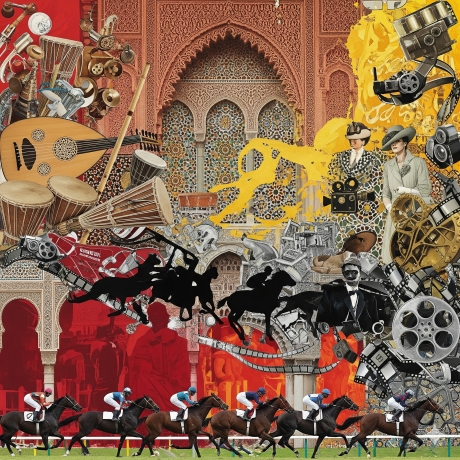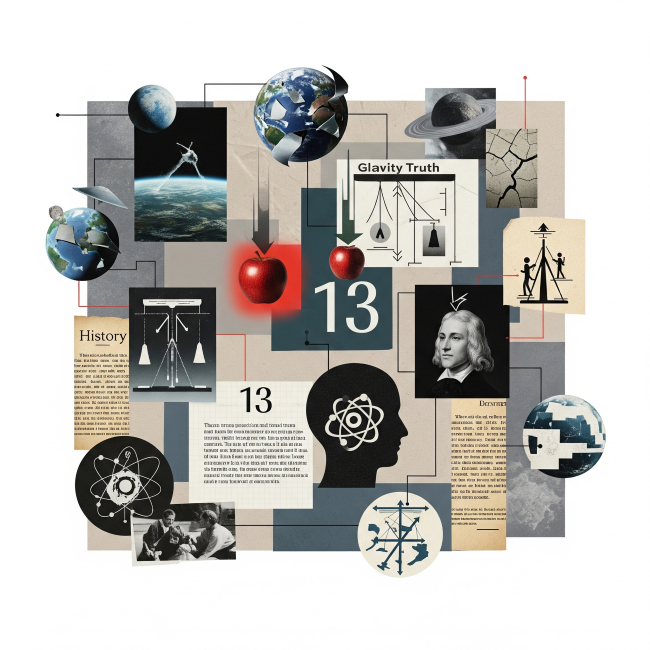5 Things You Can't Do in Your Dreams, And Why This Is So

Dreams often feel like strange gifts from the unconscious. In them, we can fly, talk to long-lost relatives, walk through walls, or find ourselves standing on stage, inexplicably fluent in a language we’ve never learned. The dream world is known for breaking rules—of physics, of time, of logic. And yet, curiously, there are a few things that seem stubbornly off-limits.
Some actions, no matter how hard we try, resist our efforts in the dream state. Researchers, lucid dreamers, and everyday people alike report recurring frustrations when attempting certain tasks. The constraints aren’t just quirky—they reveal something fundamental about how the brain constructs experience when we’re asleep.
Here are five things you probably can’t do in your dreams—and why these limits matter more than we think.
1. Reading Text
Image Credit: Unsplash
It’s one of the most commonly reported limitations in dreams: reading stable, coherent text. Try to read a newspaper headline or a street sign in your dream, and the letters will often shift, blur, or change entirely as you look away and back again.
This isn't just anecdotal. Studies of lucid dreamers—people who can become aware that they're dreaming and take control—have shown that reading is remarkably unreliable in dreams. Even highly trained lucid dreamers report that written words tend to mutate or melt away.
Why? The answer likely lies in the brain's architecture. Reading is a relatively recent invention in evolutionary terms, requiring the coordinated work of multiple specialized areas in the brain, especially the visual word form area in the left hemisphere. During REM sleep, when most vivid dreaming occurs, many of these higher-order language centers show reduced activity. The brain simply isn’t wired to reproduce consistent symbolic detail in the dream state.
That’s also why dream books, signs, or phone screens often feel like suggestions of text—symbols that seem meaningful but defy close inspection. The dreaming brain, it seems, cares more about impressions than specifics.
2. Looking at Yourself in a Mirror
Image Credit: Unsplash
In waking life, mirrors are simple tools: they show us an image of ourselves, more or less faithfully. In dreams, however, mirrors become portals to the uncanny.
Ask a lucid dreamer to look in a mirror, and they’lloften describe bizarre results: distorted faces, foreign features, or even a complete inability to see a reflection. In some cases, the mirror reflects someone else entirely. Why should such a basic function—seeing oneself, be so elusive?
The reason may be psychological as much as neurological. Our sense of self in dreams is famously slippery. We may be ourselves, but younger. Or older. Or someone else entirely. The continuity of identity is fragile in the dream state, which makes the idea of a stable reflection almost nonsensical.
There’s also the fact that dreams are constructed from internal models. You never actually “see” in a dream the way you do in waking life. Instead, your brain is simulating experience from the inside out. A mirror in waking life gives you back what the world sees. A mirror in a dream gives you back what your mind sees—which may be incomplete, conflicted, or downright surreal.
3. Checking the Time (Twice)
Image Credit: Unsplash
In dreams, clocks are liars.
Try looking at a watch or digital clock in your dream. It might give you a time—1:88 PM, but if you look away and then back again, the numbers will almost always change. The time may jump forward or backward, or turn into meaningless digits. Even the act of interpreting a clock face can feel like trying to solve a riddle.
This quirk, like the issue with text, reflects the brain’s dream priorities. REM sleep activates the brain’s visual and emotional centers, but largely suppresses the dorsolateral prefrontal cortex—the part responsible for rational thought, planning, and consistent timekeeping. The result is a mind great at crafting vivid scenes but poor at maintaining internal logic or temporal continuity.
Lucid dreamers even use this trick—checking a clock twice, as a test to determine whether they’re dreaming. It’s one of the few “reality checks” that works consistently. If the time won’t hold still, chances are you’re asleep.
4. Running Normally
Image Credit: Unsplash
Many people report that running in dreams feels like wading through molasses. Your legs won’t move right. The ground seems sticky. You want to sprint, but you’re trapped in slow motion. The feeling is both frustrating and vaguely terrifying—especially if you’re being chased.
This physical sluggishness reflects a deep truth about REM sleep: while your brain is highly active, your body is paralyzed.
Known as REM atonia, this natural paralysis prevents you from acting out your dreams in real life. It’s an evolutionary safeguard—without it, you might thrash, kick, or run into walls. But this very paralysis also shapes the nature of your dream movements. Your brain knows the sensation of running, but it’s disconnected from the body’s real feedback. Without sensory input from your limbs, the simulation breaks down.
The result is a corrupted sense of motion, something between memory and imagination, often distorted or frustratingly delayed.
5. Turning on the Lights
You walk into a dark room in your dream. You find the light switch. You flip it. Nothing happens.
This is a remarkably common experience, especially in nightmares or dreams involving anxiety. Lights don’t work. Darkness remains. Even if they do turn on, the light may flicker, dim, or behave unpredictably.
Again, the explanation lies in how the dreaming brain handles sensory information. Light in dreams isn’t generated the way light is in waking life—by photons illuminating objects. It’s a construct, a cognitive overlay. There’s no “real” light source to be turned on or off. Your brain is simply deciding how visible or hidden a scene should be.
This makes sense when we remember that dreams are storytelling engines. Darkness in a dream often serves a narrative purpose—it signals fear, uncertainty, or transition. The inability to “turn on the lights” may be less a glitch than a built-in metaphor. Your brain may be saying: You’re not ready to see this yet.
The Edges of Imagination
Image Credit: Unsplash
These five limitations—reading, reflections, timekeeping, running, and lighting—might seem random at first glance. But together, they form a kind of boundary line: the edge where dreaming ends and waking cognition begins.
Dreams aren’t just chaotic mashups of thoughts and memories. They’re governed by deep neurological rules, shaped by what the sleeping brain can and can’t do. The failures of dreams, the things they won’t let us accomplish—can be more revealing than their triumphs.
And perhaps that’s the most human part of dreaming: not the fantastical flights of fancy, but the persistent, puzzled effort to do what should be simple. To read a sentence. To see ourselves clearly. To move freely. To bring light into the dark.
We may not always succeed. But even in sleep, we keep trying.
You may also like...
Arsenal Legend Thierry Henry to Receive Prestigious BBC Lifetime Achievement Award

Former Arsenal and France football legend Thierry Henry will be honored with the Lifetime Achievement award at the 2025 ...
Maresca's Emotional Rollercoaster: Chelsea Boss Claims 'Happy' After 'Worst 48 Hours'

Chelsea boss Enzo Maresca has clarified his previous 'worst 48 hours' comments, now expressing happiness and a deeper co...
Fallout Season 2 Shatters Records, Outperforming HBO's Last of Us!

Fallout Season 2 has premiered on Prime Video to overwhelmingly positive critical and audience reception, scoring a near...
Winter Is Back! Kit Harington Hints at Massive Game of Thrones Comeback

Kit Harington has definitively shut down any possibility of reprising his role as Jon Snow, stating he doesn't want to g...
Love Blossoms: Anwuli & Kennedy's Instagram Romance Leads to #HappilyEverOffor!

Anwuli and Kennedy's love story, sparked by an Instagram connection, led to a beautiful Igbo traditional wedding. After ...
Teyana Taylor & Lucien Laviscount Light Up the 'Spirit Tunnel' with Epic Dance Moves!

The Jennifer Hudson Show features high-energy 'Spirit Tunnel' entrances, with Lucien Laviscount making a stylish walk an...
Kenya's Billion-Shilling Travel Bill: Austerity Pledge Broken?

The Kenyan government spent nearly Sh5 billion on travel in the first three months of FY 2025/26, raising concerns about...
Shehu Sani Urges Nigerians: Shun US Travel Ban, Build Nation

The United States has enacted new travel restrictions impacting Nigerian nationals, covering both immigrant and several ...






